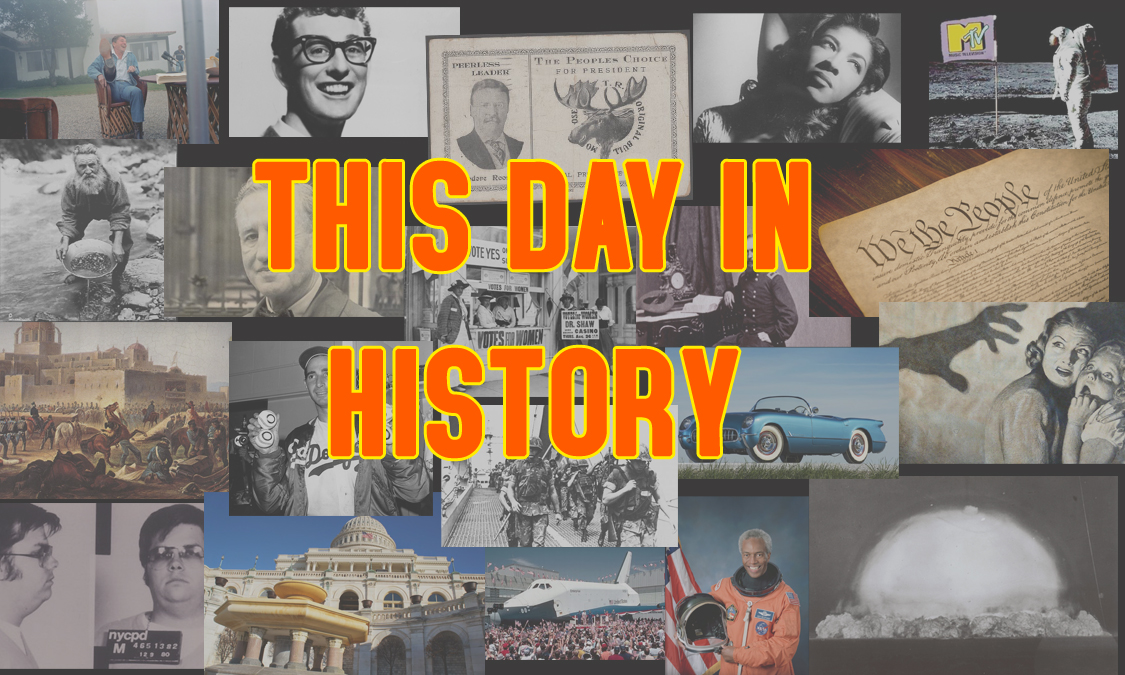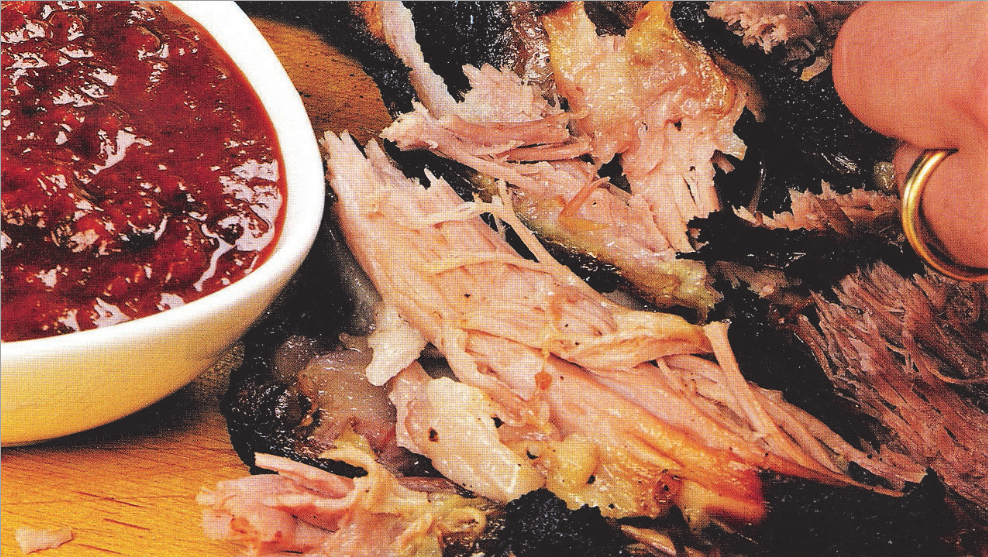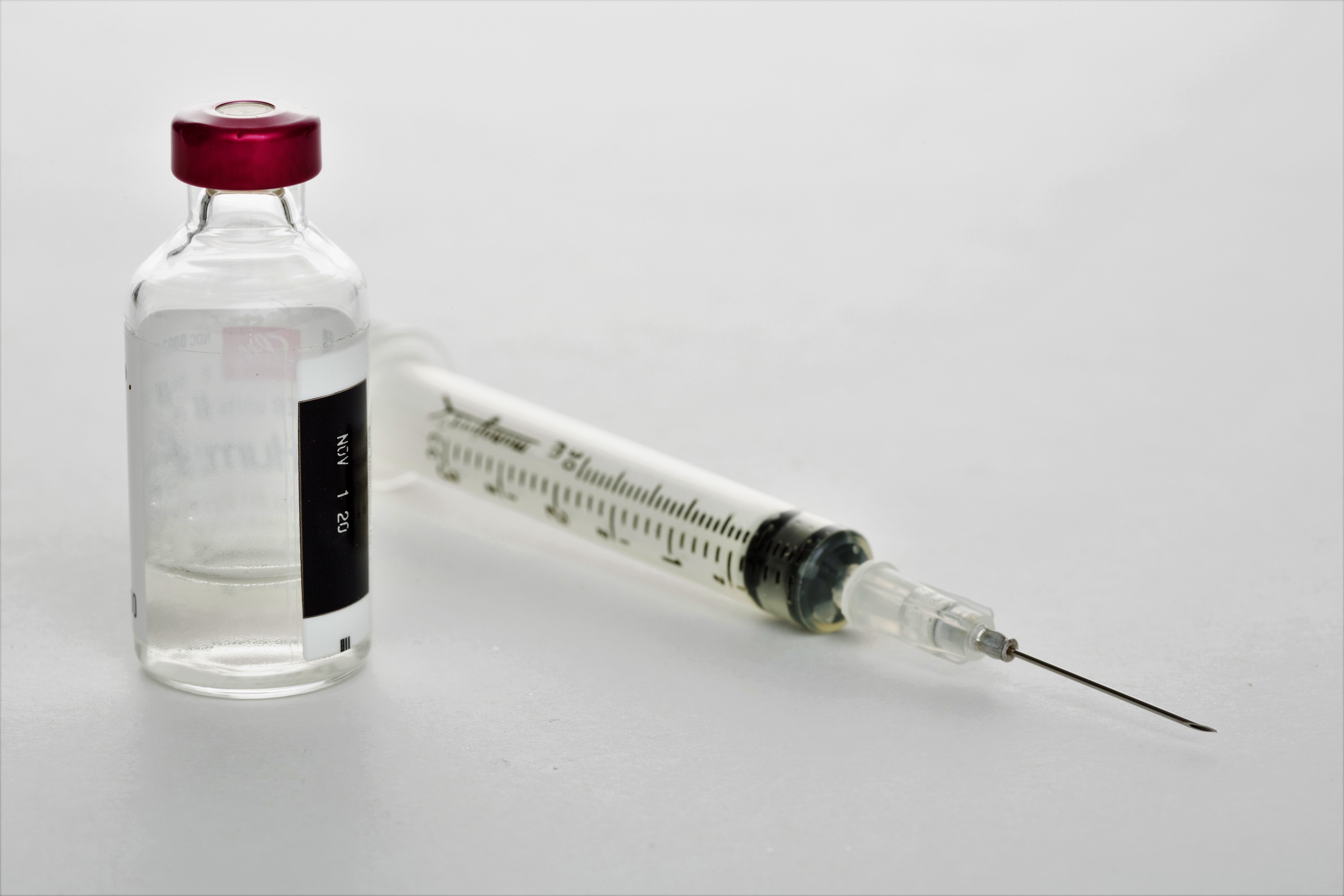This Day In History
First four-minute mile
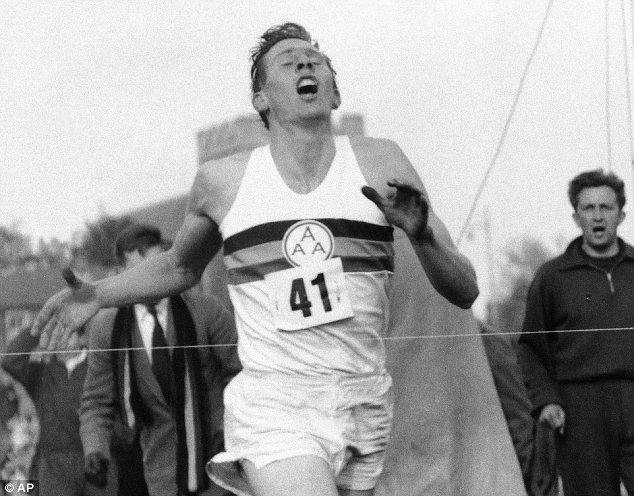
In Oxford, England, 25-year-old medical student Roger Bannister cracks track and field’s most notorious barrier: the four-minute mile. Bannister, who was running for the Amateur Athletic Association against his alma mater, Oxford University, won the mile race with a time of 3 minutes and 59.4 seconds.
For years, so many athletes had tried and failed to run a mile in less than four minutes that people made it out to be a physical impossibility. The world record for a mile was 4 minutes and 1.3 seconds, set by Gunder Hagg of Sweden in 1945. Despite, or perhaps because of, the psychological mystique surrounding the four-minute barrier, several runners in the early 1950s dedicated themselves to being the first to cross into the three-minute zone.
Roger Bannister, born in Harrow, England, in 1929, was a top mile-runner while a student at the University of Oxford and at St. Mary’s Hospital Medical School in London. In 1951 and 1953, he won British championships in the mile run. As he prepared himself for his first competitive race of the 1954 season, Bannister researched the mechanics of running and trained using new scientific methods he developed. On May 6, 1954, he came to the Iffley Road track in Oxford for the annual match between the Amateur Athletic Association and Oxford University. Conditions were far from ideal; it had been windy and raining. A considerable crosswind was blowing across the track as the mile race was set to begin.
At 6 p.m., the starting gun was fired. In a carefully planned race, Bannister was aided by Chris Brasher, a former Cambridge runner who acted as a pacemaker. For the first half-mile, Brasher led the field, with Bannister close behind, and then another runner took up the lead and reached the three-quarter-mile mark in 3 minutes 0.4 seconds, with Bannister at 3 minutes 0.7 seconds. Bannister took the lead with about 350 yards to go and passed an unofficial timekeeper at the 1,500-meter mark in 3 minutes 43 seconds, thus equaling the world’s record for that distance. Thereafter, Bannister threw in all his reserves and broke the tape in 3 minutes 59.4 seconds. As soon as the first part of his score was announced–“three minutes…”–the crowd erupted in pandemonium.
Bannister went on to win British and Empire championships in the mile run, and the European title in the 1,500-meter event in 1954. At the end of the year, Bannister retired from athletic competition to pursue his medical career full time and in 1955 recounted his experiences in the book The Four Minute Mile. He later earned a medical degree from Oxford and became a neurologist. In 1975, he was knighted by Queen Elizabeth II.
His world record in the mile did not stand long, and the record continued to be lowered with increasingly controlled climatic and surface conditions, more accurate timing devices, and improvements in training and running techniques. A “sub-four” is still a notable time, but top international runners now routinely accomplish the feat. Because a mile is not a metric measurement, it is not a regular track event nor featured in the Olympics. It continues, however, to be run by many top runners as a glamour event.
– History.com Staff
This Day In History
Truman announces development of H-bomb

U.S. President Harry S. Truman publicly announces his decision to support the development of the hydrogen bomb, a weapon theorized to be hundreds of times more powerful than the atomic bombs dropped on Japan during World War II.
Five months earlier, the United States had lost its nuclear supremacy when the Soviet Union successfully detonated an atomic bomb at their test site in Kazakhstan. Then, several weeks after that, British and U.S. intelligence came to the staggering conclusion that German-born Klaus Fuchs, a top-ranking scientist in the U.S. nuclear program, was a spy for the Soviet Union. These two events, and the fact that the Soviets now knew everything that the Americans did about how to build a hydrogen bomb, led Truman to approve massive funding for the superpower race to complete the world’s first “superbomb,” as he described it in his public announcement on January 31.
On November 1, 1952, the United States successfully detonated “Mike,” the world’s first hydrogen bomb, on the Eniwetok Atoll in the Pacific Marshall Islands. The 10.4-megaton thermonuclear device, built upon the Teller-Ulam principles of staged radiation implosion, instantly vaporized an entire island and left behind a crater more than a mile wide. The incredible explosive force of Mike was also apparent from the sheer magnitude of its mushroom cloud–within 90 seconds the mushroom cloud climbed to 57,000 feet and entered the stratosphere. One minute later, it reached 108,000 feet, eventually stabilizing at a ceiling of 120,000 feet. Half an hour after the test, the mushroom stretched 60 miles across, with the base of the head joining the stem at 45,000 feet.
Three years later, on November 22, 1955, the Soviet Union detonated its first hydrogen bomb on the same principle of radiation implosion. Both superpowers were now in possession of the “hell bomb,” as it was known by many Americans, and the world lived under the threat of thermonuclear war for the first time in history.
Source: https://www.history.com/this-day-in-history/truman-announces-development-of-h-bomb
This Day In History
Gandhi assassinated
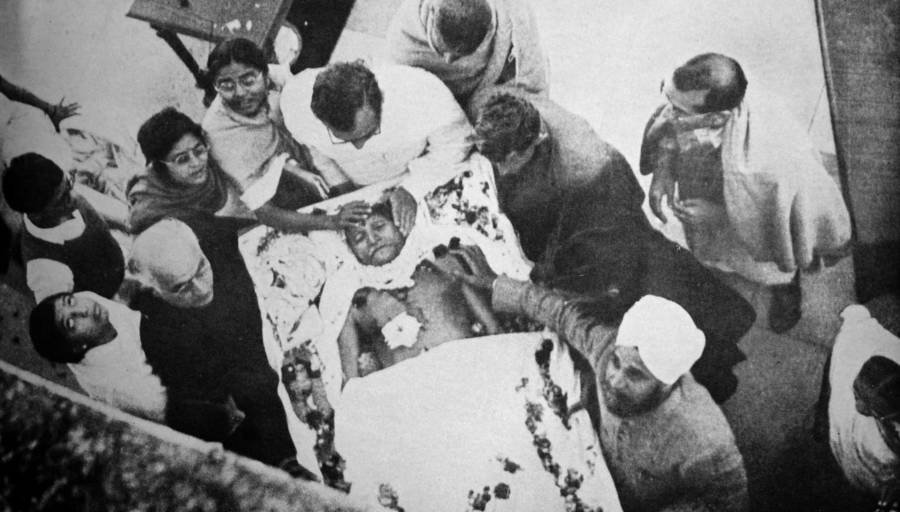
Mohandas Karamchand Gandhi, the political and spiritual leader of the Indian independence movement, is assassinated in New Delhi by a Hindu extremist.
Born the son of an Indian official in 1869, Gandhi’s Vaishnava mother was deeply religious and early on exposed her son to Jainism, a morally rigorous Indian religion that advocated nonviolence. Gandhi was an unremarkable student but in 1888 was given an opportunity to study law in England. In 1891, he returned to India, but failing to find regular legal work he accepted in 1893 a one-year contract in South Africa.
Settling in Natal, he was subjected to racism and South African laws that restricted the rights of Indian laborers. Gandhi later recalled one such incident, in which he was removed from a first-class railway compartment and thrown off a train, as his moment of truth. From thereon, he decided to fight injustice and defend his rights as an Indian and a man. When his contract expired, he spontaneously decided to remain in South Africa and launched a campaign against legislation that would deprive Indians of the right to vote. He formed the Natal Indian Congress and drew international attention to the plight of Indians in South Africa. In 1906, the Transvaal government sought to further restrict the rights of Indians, and Gandhi organized his first campaign of satyagraha, or mass civil disobedience. After seven years of protest, he negotiated a compromise agreement with the South African government.
In 1914, Gandhi returned to India and lived a life of abstinence and spirituality on the periphery of Indian politics. He supported Britain in the First World War but in 1919 launched a new satyagraha in protest of Britain’s mandatory military draft of Indians. Hundreds of thousands answered his call to protest, and by 1920 he was leader of the Indian movement for independence. He reorganized the Indian National Congress as a political force and launched a massive boycott of British goods, services, and institutions in India. Then, in 1922, he abruptly called off the satyagraha when violence erupted. One month later, he was arrested by the British authorities for sedition, found guilty, and imprisoned.
Source: https://www.history.com/this-day-in-history/gandhi-assassinated
This Day In History
U.S. Baseball Hall of Fame elects first members
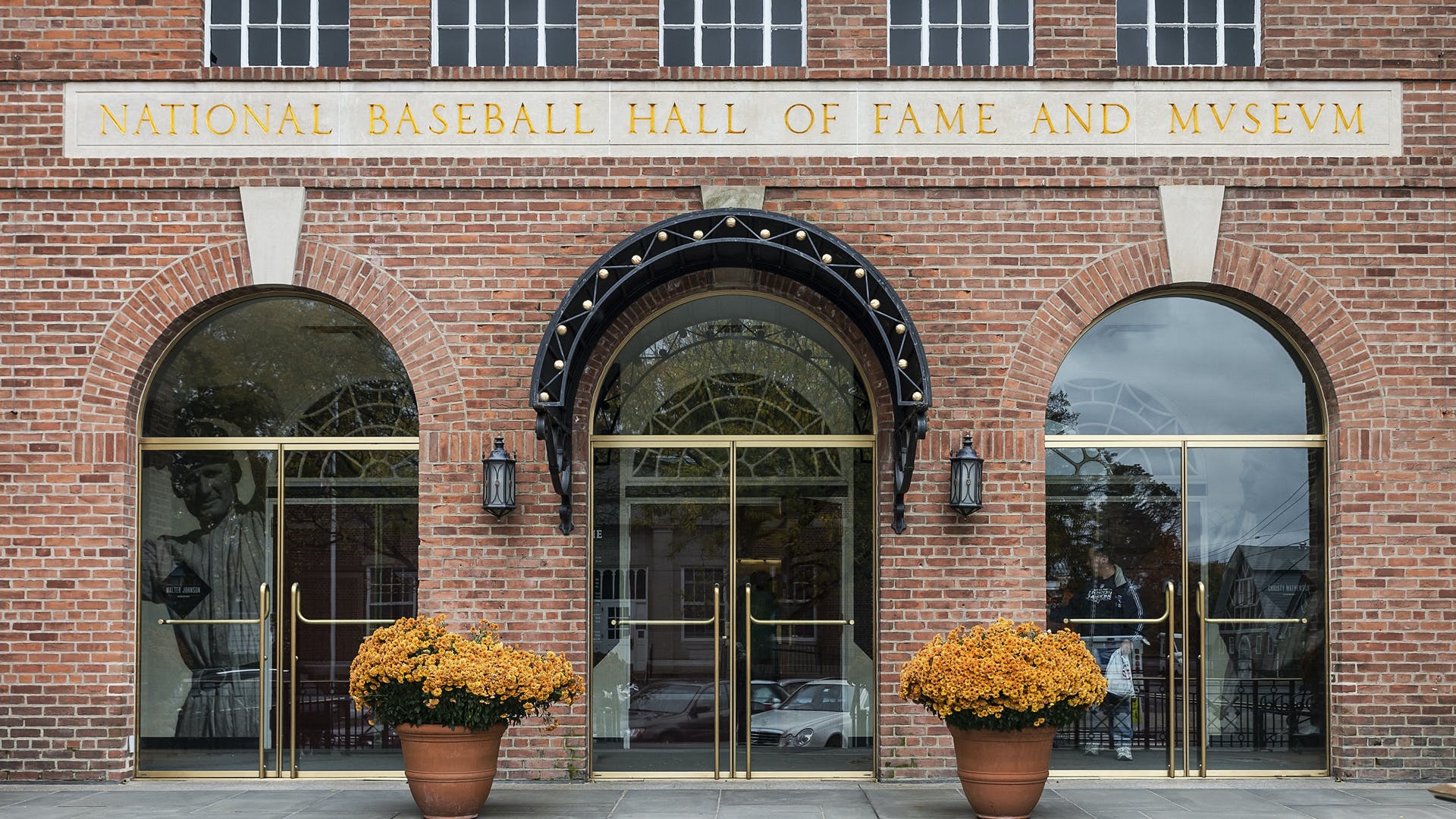
On January 29, 1936, the U.S. Baseball Hall of Fame elects its first members in Cooperstown, New York: Ty Cobb, Babe Ruth, Honus Wagner, Christy Matthewson and Walter Johnson.
The Hall of Fame actually had its beginnings in 1935, when plans were made to build a museum devoted to baseball and its 100-year history. A private organization based in Cooperstown called the Clark Foundation thought that establishing the Baseball Hall of Fame in their city would help to reinvigorate the area’s Depression-ravaged economy by attracting tourists. To help sell the idea, the foundation advanced the idea that U.S. Civil War hero Abner Doubleday invented baseball in Cooperstown. The story proved to be phony, but baseball officials, eager to capitalize on the marketing and publicity potential of a museum to honor the game’s greats, gave their support to the project anyway.
In preparation for the dedication of the Hall of Fame in 1939—thought by many to be the centennial of baseball—the Baseball Writers’ Association of America chose the five greatest superstars of the game as the first class to be inducted: Ty Cobb was the most productive hitter in history; Babe Ruth was both an ace pitcher and the greatest home-run hitter to play the game; Honus Wagner was a versatile star shortstop and batting champion; Christy Matthewson had more wins than any pitcher in National League history; and Walter Johnson was considered one of the most powerful pitchers to ever have taken the mound.
Today, with approximately 350,000 visitors per year, the Hall of Fame continues to be the hub of all things baseball.
Source: https://www.history.com/this-day-in-history/u-s-baseball-hall-of-fame-elects-first-members
-
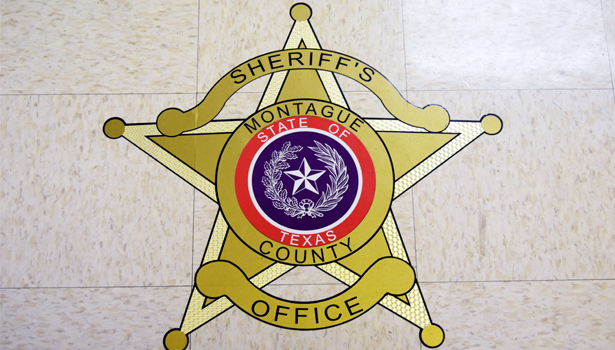
 NEWS1 year ago
NEWS1 year ago2 hurt, 1 jailed after shooting incident north of Nocona
-

 NEWS5 months ago
NEWS5 months agoSuspect indicted, jailed in Tia Hutson murder
-

 NEWS1 year ago
NEWS1 year agoSO investigating possible murder/suicide
-

 NEWS1 year ago
NEWS1 year agoWreck takes the life of BHS teen, 16
-

 NEWS9 months ago
NEWS9 months agoMurder unsolved – 1 year later Tia Hutson’s family angry, frustrated with no arrest
-

 NEWS12 months ago
NEWS12 months agoSheriff’s office called out to infant’s death
-
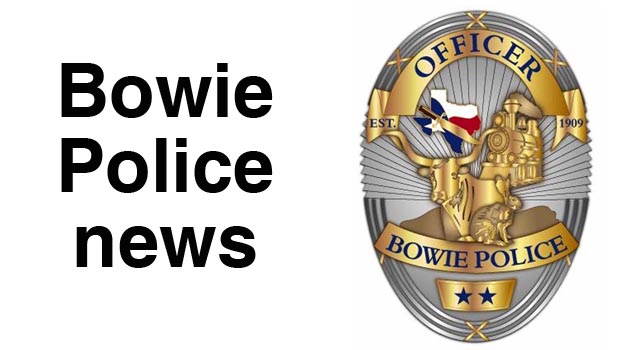
 NEWS1 year ago
NEWS1 year agoBowie Police face three-hour standoff after possible domestic fight
-

 NEWS1 year ago
NEWS1 year agoDriver stopped by a man running into the street, robbed at knifepoint

